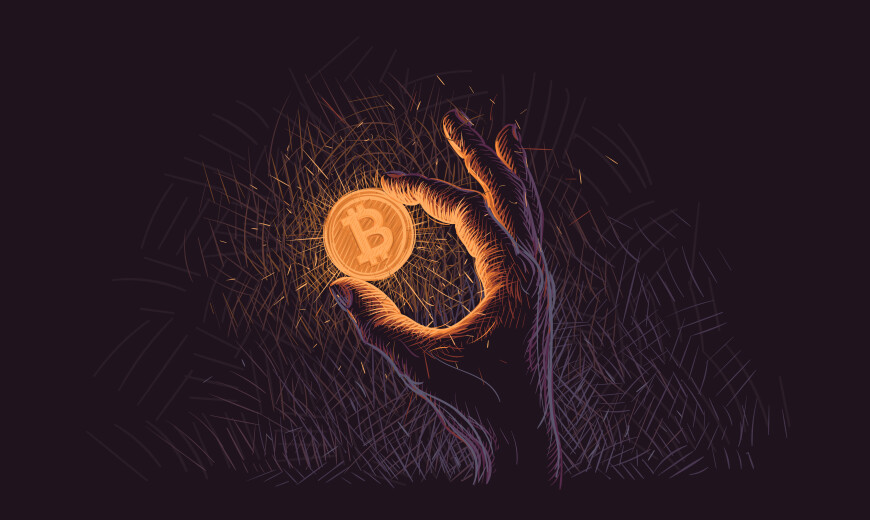Amid the rise in ransomware attacks, cyber insurance firms are struggling to keep pace. This article published in Harvard Business Review found that the average ransom payment rose 82% between 2020 and 2021, and the industry lacks the funds to meet these staggering claims. Insurance-linked securities could be a viable means of accessing much-needed capital.
Currently, cyber industry companies are plugging the gap by raising premiums - but while prices are going up, the level of coverage buyers receive remains the same. For the market to grow, the cyber insurance business needs to attract new clients, but this isn’t an enticing prospect for the industry when the costs of payouts are so high.
As their ability to pay out huge sums becomes more precarious, these companies increasingly depend on reinsurance - insurance that covers insurance companies themselves. 55% of their business goes to reinsurers, a jump from 45% a few years ago. Now, even these reinsurers are getting jittery about the risk they carry.
Insurance-linked securities would allow the insurance industry to access capital markets. They can provide returns for the investors who trade them and peace of mind for reinsurers.
Insurance-linked securities are most well known for providing coverage for extreme natural disasters - events that are improbable but require enormous payouts for the affected. Similarly, cyber insurance-linked securities can transfer risk to the market while providing the funds needed for reinsurers to support their clients.
While this isn’t a permanent solution in the wake of the damaging threat to business operations posed by ransomware, it can help go some way towards alleviating the most immediate financial impacts.
Why does this matter for businesses?
While the cost of cyber insurance is dissuasive to many businesses, it pales compared to the cost of an attack. Insurance-linked securities could ensure all links in the chain can provide the capital needed for recovery and help to drive down the price of policies in the process.






